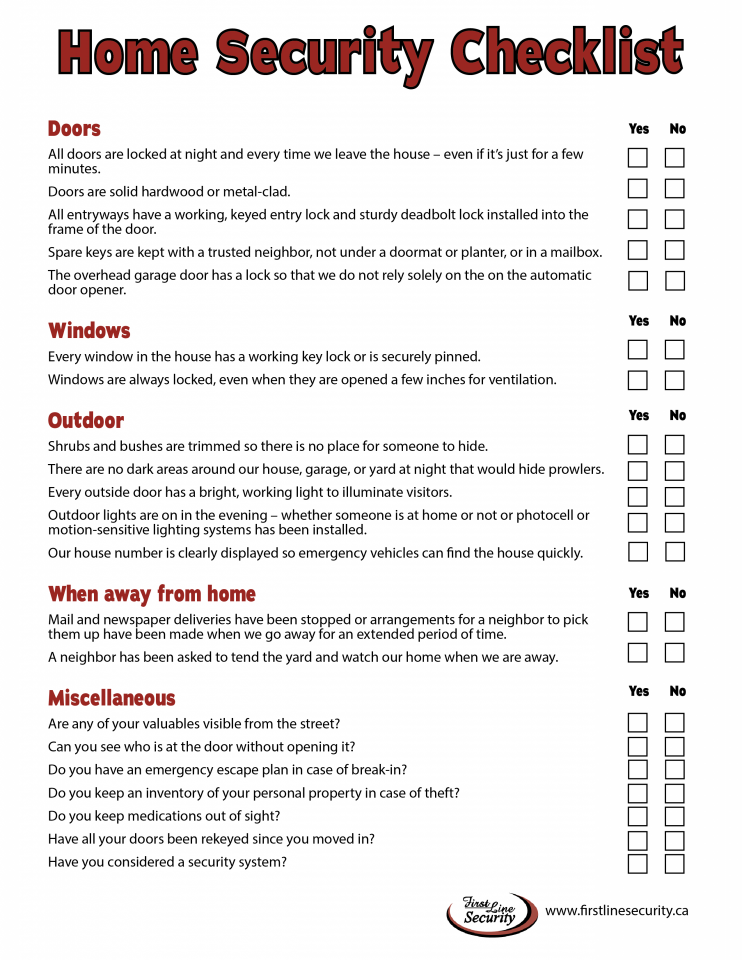Table of Content
It's usually a gray box, but may be painted the same as the house. Incorrect wiring is one of the main culprits of cracking or noisy phone lines. It can be caused by many factors, which range from rodents eating away telephone line insulation to lose connections.
The text blow will try to give as much information for all the possible problems. Test each pair of phone wires to see if there are any faulty lines. If there are no connectivity issues, it’s likely that your wiring is not faulty. If you detect a connectivity issue, test the wiring that goes into each phone jack to see where the issue is occurring. The first time I saw one of the newer boxes was a bit over 15 years ago.
Checking Your Telephone Line
Working on telephone wiring during a lightning storm can be fatal. Whether above ground or underground, they still are all vulnerable to lightning. There will be a network interface box outside your home that needs to be disconnected for the line you wish to check. Remove the plug and then go back inside to remove the line plug from every device.

It’s best to try the number several times before you assume something is wrong. However, spread out your calls so that you aren’t constantly dialing the number. This will temporarily disconnect the phone line from your home so you can test the wiring. This can help you see if the phone can receive calls but not make them. If your main socket looks like the picture below, unscrew the 2 small screws and slide out the bottom half of the face plate.
What are phone lines & how are they connected?
Older phone lines are also much more prone to corrosion compared to telephone lines for apparent reasons such as protective covering wears off with age revealing the lines. A telephone is also considered the most basic device a person can have in his or her house. Actually, the telephone connection to your home hasn’t changed in at least a century. Then you can still attach it to the wall jack in your home, and it would work just fine. You may for one or more time get frustrated about the bad job of your telephone in your home.

Locate the phone line that connects to the outside of your home, then follow it to the square box on the side of your home that houses the phone wiring. Use a screwdriver to open the box and remove the cover. If you don’t hear a dial tone, there is likely an issue with the phone company’s lines that are coming to your home. Call your telephone provider and request that they check your line. Open a terminal plug box with a screwdriver and place the leads on any two wires.
Step 2: Check the Voltage
Plug it back in and make sure the plug feels stable rather than loose or wobbly. Baby monitors, bluetooth devices, and other cordless phones can all cause interference. Try changing channels on your cordless phones. If you're experiencing static or other interference on your cordless phone, there may be too many signals on the frequency.

Consider trying to repair your wiring yourself. Carriers typically don't cover repairs to the wiring inside your house. If you're feeling confident, you can try to repair the wiring yourself.
If this is the case, send a message by email or use another phone line to contact the person you’re calling. Tell them you’re constantly getting a busy signal when you call them so they can address the possible issue. Plug the phone cord for your phone into the jack. Put the plug on the phone cord that’s connected to your test phone into the jack.
Look for a Channel button on your handset or on the base station. Change channels until you find one clear of interference. Each time you disconnect a piece of equipment, listen for static on the line. If the static stops, then the last piece you disconnected is likely causing the interference.Try plugging the offending piece of equipment into a different jack if possible. Contact your carrier if you can't get a dial tone at the NID. If you can't get a dial tone while connected to the test jack, you'll need to get a technician from your carrier to repair the line.
As a technician or hobbyist, you’ve probably encountered a situation where you need to test a telephone line with a multimeter. For those who haven’t, a phone line is usually four wires and is used to carry analog audio signals. For this reason, analog telephone lines are often referred to as POTS, which stands for Plain Old Telephone Service. Disconnect telephone equipment one at a time while listening on the phone.

Use our Verizon guided solutions or follow the steps below to resolve home phone service problems. If the problem doesn’t occur when you’re connected to the Telephone Network Interface, the trouble is inside your home. It could be caused by a connected DSL filter or from interference from electronic devices in your home. Unplug the short telephone cord and plug in your corded phone. Look for a phone jack labeled customer access jack.
To be sure, pick up the receiver and place it back down on the base. If you still can’t make a call from the main socket, give the wiring a quick check. If you have an old style phone that can't be unplugged then you'll need to get in touch. Click on the 'Contact us' link on this page to get our contact details. Troubleshoot problems with your home phone or internet service.
Find high-speed internet, local and long distance home phone services, TV, and special bundle offers. If you’re still having issues after trying these tips, the issue is most likely with the telephone wiring inside your home. But before you start testing your phone line, make sure all your phone lines are working. Use a different phone in place of the one you are using now.

No comments:
Post a Comment